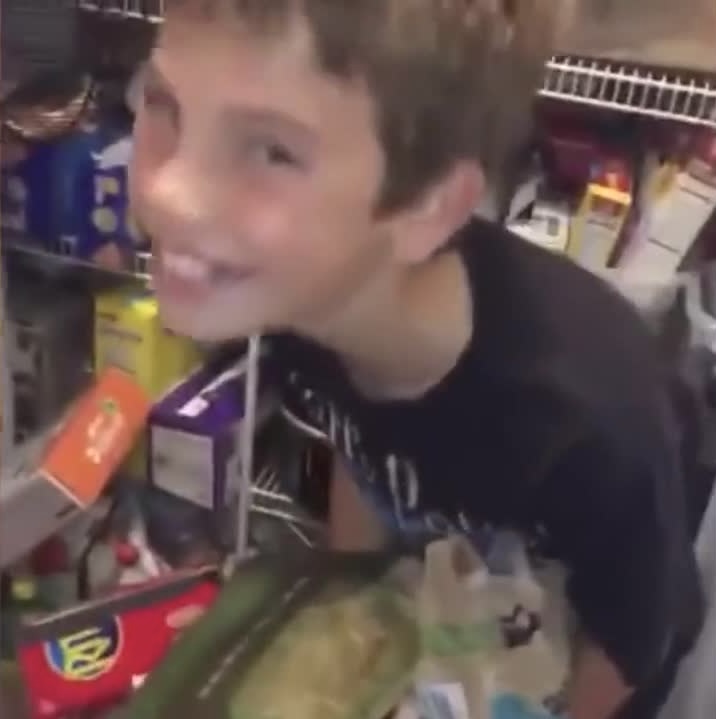Genetic Information
Cards (59)
- Who is the teacher presenting the biology video?
- What is the purpose of the video presented by Miss Estrich?
- How can viewers navigate to specific topics in the video?
- What has Miss Estrich been doing for over 10 years?
- What has Miss Estrich prepared for students during their revision period?
- What should students do if they struggle with timing in their revision?
- What does the active recall workbook help students with?
- What is the function of the revision timetable maker?
- What are the key similarities and differences between eukaryotic and prokaryotic DNA?
- What is the organization of DNA in a eukaryotic cell?
- What is the purpose of the DNA in mitochondria and chloroplasts?
- What is a gene and what does it code for?
- What is the definition of locus in genetics?
- What are the three features of the genetic code?
- Why is the genetic code considered degenerate?
- How many possible codes are there with three DNA bases?
- What is a codon?
- What is the role of introns and exons in DNA?
- What is a start codon?
- What is a stop codon?
- What is the difference between a genome and a proteome?
- How many DNA base pairs are in the human genome?
- What is the function of mRNA?
- What is the structure of tRNA?
- What is the role of the ribosome in translation?
- What are the key steps in transcription?
- What happens during splicing in eukaryotes?
- What are the key steps in translation?
- What is a gene mutation?
- What can cause gene mutations?
- What are the two types of chromosome mutations?
- What is non-disjunction?
- What is an example of aneuploidy?
- How does polyploidy occur in plants?
- What happens during non-disjunction in meiosis I?
- What happens during non-disjunction in meiosis II?
- What is the result of non-disjunction during meiosis?
- What is aneuploidy?
- How does non-disjunction lead to Down syndrome?
- What happens during non-disjunction in meiosis I?
